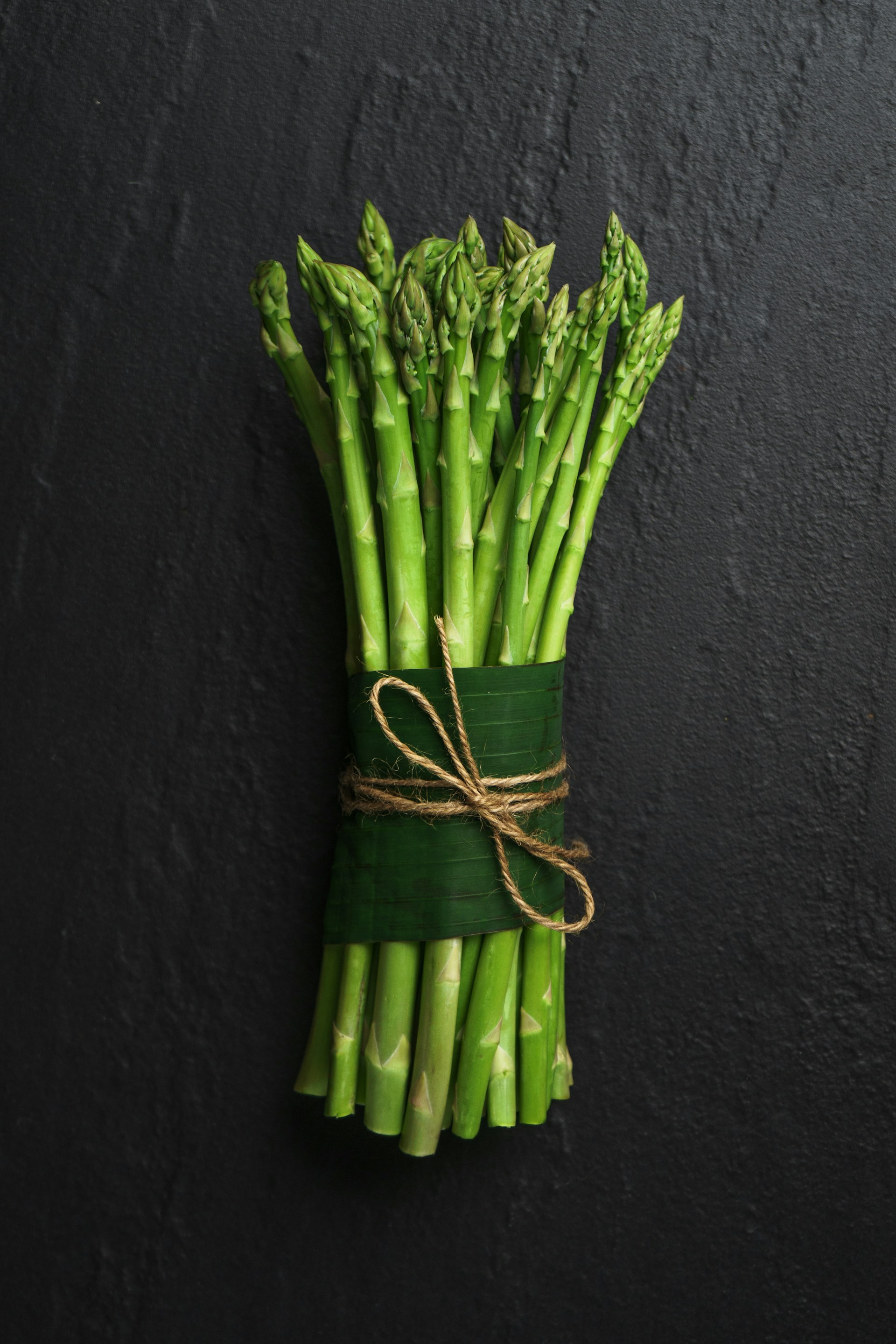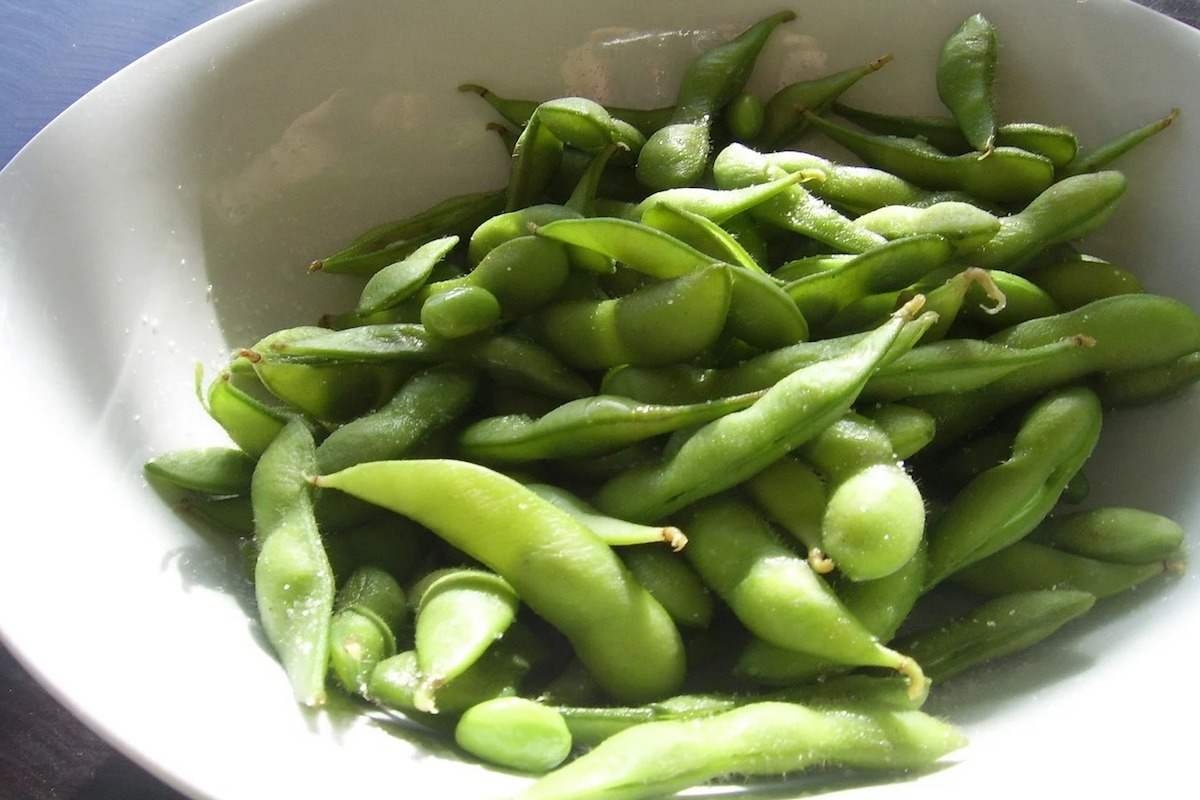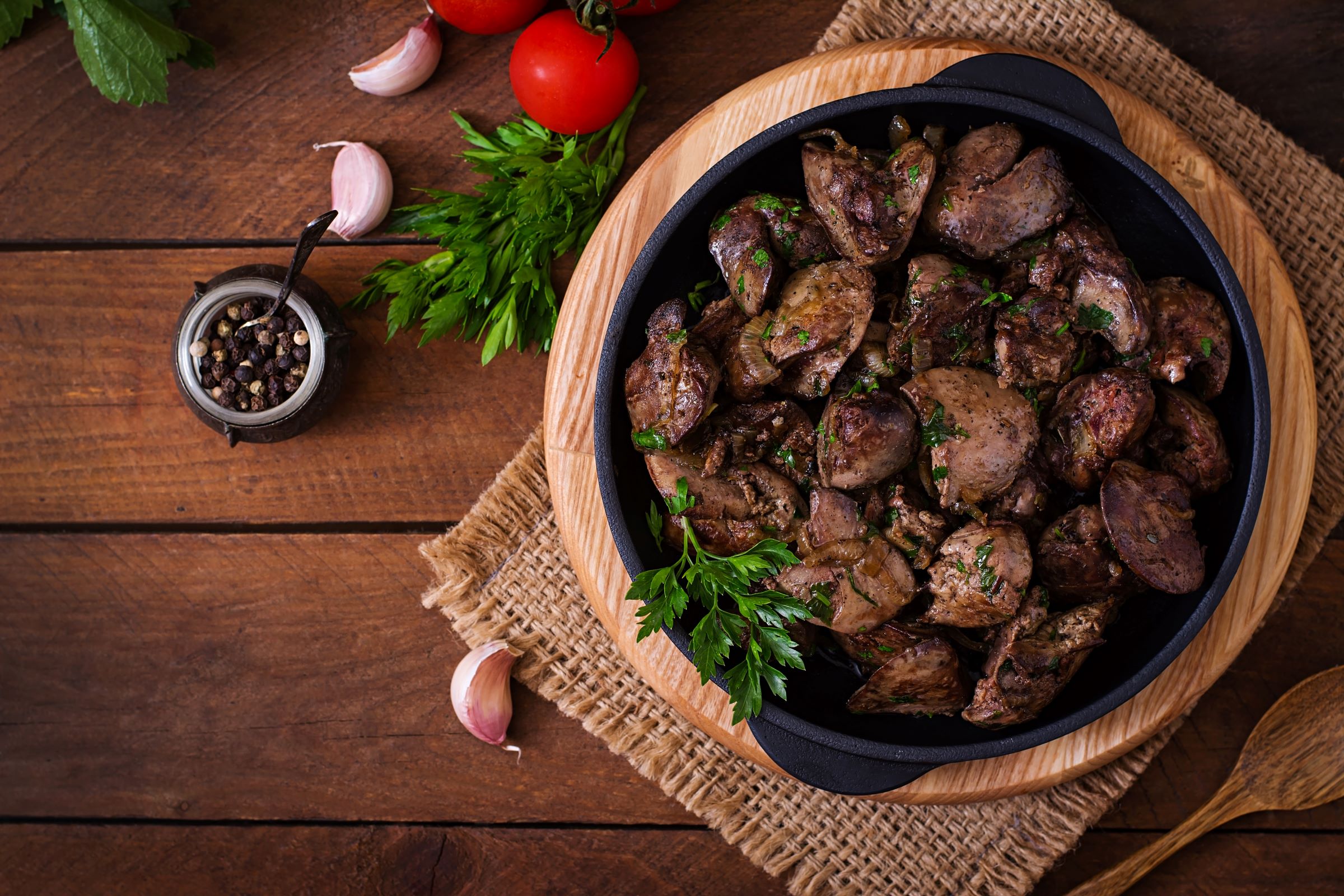
A nutrient-dense diet plays a pivotal role in your overall health and wellness. You’ve probably heard about the importance of the B vitamins. Thiamine is one of these B vitamins, and your body can’t produce it, so you have to get it from foods. Certain foods are packed with thiamine and provide all the benefits, from protecting your eyes to promoting brain health. Here are the ten foods high in thiamine to include in your balanced diet.
What is thiamine?

Thiamine is also called vitamin B1 and it’s one of the eight essential water-soluble B vitamins found in both plant and animal foods. Unlike vitamin D and some other nutrients, it’s fairly easy to obtain enough thiamine from foods, especially if you’re consuming enough calories and a balanced diet. Your body stores thiamine in the liver for up to 20 days at a time. Thiamine-rich foods include certain whole grains, green vegetables like asparagus, legumes like mung beans and peas, seeds, and fish. Lots of food manufacturers also add thiamine to food products like cereal via fortification. You can also find B complex or B1 supplements.
Consuming foods high in B1 can give you an energy boost, help you stay focused, protect your heart, eye, and skin health, and more. Thiamine is involved with some of the key metabolic processes in your body, including helping you use energy from food for cellular functions and converting carbohydrates into energy.
How do you know if you have a thiamine deficiency?

Not consuming enough thiamine has been linked to a range of symptoms, such as:
- Restless leg syndrome
- Weakness
- Loss of appetite
- Soreness
- Irritability
- Fatigue
- Fluid retention
- Blurry vision
A thiamine deficiency can affect your nervous system, heart, and immune system. A severe and chronic deficiency is known as beriberi and can lead to symptoms like muscle weakness, confusion, heart failure, and a burning feeling in the hands and feet.
While thiamine deficiencies aren’t too common, some people aren’t absorbing or eating enough thiamine in their diet, resulting in deficiencies over time. Consuming too much alcohol or not eating enough calories can increase your risk of a deficiency. Thiamine deficiencies can also happen with certain medical conditions.
The recommended daily intake of thiamine for adults aged 19 and up is 1.2 mg for males and 1.1 mg for females. Pregnant or lactating females require about 1.4-1.5 mg per day. The amount you need also depends on your age, activity level, sex, health, and other factors.
1. Seaweed

Eating seaweed isn’t as common in the modern Western diet compared to places like Japan. Seaweed makes a healthy addition to your diet because it’s loaded with iodine and tyrosine for your thyroid and plenty of other antioxidants, vitamins, and nutrients, including thiamine. One single tablespoon of dried spirulina seaweed provides 0.167 mg of thiamine, and one cup has even more at 2.67 mg, which is 216% of the DV. You can enjoy seaweed in soups or salads, as a snack, or to wrap sushi.
2. Black beans

Black beans are antioxidant and fiber-rich legumes originating in South America. A staple in Caribbean and Latin American cuisine, you might enjoy black beans and rice, a classic black bean chili, a burrito bowl, or a Southwest-style salad. Just one cup of boiled, cooked black beans provides 0.42 mg of thiamine and 35% of your daily value (DV). Black beans contain antinutrients that can impair nutrient absorption, so it’s best to boil or soak them before eating.
3. Pork

Plenty of people love sinking their teeth into a juicy pork chop, and it’s also a nutrient-rich way to get more thiamine in your diet. Just one 131-gram pork chop provides an impressive 0.834 mg of thiamine. Pork is also packed with nutrients like calcium, phosphorus, and iron. Enjoy pork chops breaded, broiled, or marinated in your favorite sauces and paired with scalloped potatoes and your favorite vegetables.
4. Fish

Fish is known for the healthy long-chain omega-3 fatty acids that boost brain and heart health. There’s a good reason why fish oil remains one of the most popular supplements on the market. Fish is a nutritious food high in iron, potassium, calcium, thiamine, quality protein, inflammation-fighting vitamin D, and more. One 108-gram filet of smoked sockeye salmon contains 0.534 mg of thiamine. Rainbow trout is also particularly high in thiamine. Enjoy baked fish recipes on a bed of your favorite greens.
5. Peas

Green peas or garden peas are tasty little vibrant green balls of protein, carbs, fiber, antioxidants, and vitamins. They’re low in calories but high in fiber and nutrients. Green peas are considered legumes rather than vegetables, and they come from pods produced by the Pisum sativum plant. One cup of boiled, drained green peas gives you 0.414 mg of thiamine and 17% of the DV. Green peas contain antinutrients that can impair nutrient absorption, so it’s best to boil or soak them before eating.
6. Macadamia nuts

Macadamia nuts are tree nuts native to Australia and loaded with heart-healthy monounsaturated fats, minerals, fiber, and beneficial antioxidants. Thanks to their crunchy yet creamy texture and unique nutty, buttery flavor profile, they’re now grown in various places worldwide. One cup of raw macadamia nuts gives you 1.61 mg of thiamine and 22% of the DV. Try eating macadamia nuts as a snack or salad topper.
7. Edamame

Edamame refers to whole, immature soybeans that are vibrant green in color and low in calories. Originating in Asia, edamame has gained popularity in the United States and elsewhere, where it’s commonly eaten as an appetizer or snack. Edamame is typically sold encased in pods in sushi bars, Japanese restaurants, and Chinese restaurants. The pods aren’t edible and should be discarded. One cup of edamame provides 0.31 mg of thiamine. Edamame is also packed with calcium, phosphorus, and potassium.
8. Sunflower seeds

Sunflower seeds come from the sunflower plant, and they’re brimming with healthy fats, advantageous plant compounds, vitamins, and minerals. You might enjoy sunflower seeds as a snack or salad topper, in protein snack bars, or in trail mix. One cup of dried sunflower seeds has an impressive 2.07 mg of thiamine.
9. Beef liver

Beef liver is known as a superfood for good reason, and it’s especially high in thiamine and crucial B vitamins. Liver is an organ meat, which means it provides more vitamins and minerals compared to muscle meats. It’s impressively high in iron and vitamin A. Beef liver and onions is a popular dish, particularly in countries like England. One cup of beef liver contains 0.22 mg of thiamine.
10. Asparagus

Asparagus, or Asparagus officinalis, is a sulfur-rich vegetable loved for its unique flavor, antioxidants, and familiar long green spears. You can also find white and purple asparagus. Some people enjoy asparagus with a slight firmness, while others prefer a softer texture. This low-carb vegetable makes a welcome addition to salads, stir-fries, veggie bakes, side dishes, and more. It’s low in calories with moderate fiber content and high amounts of vitamin K, vitamin C, and thiamine. Half a cup of boiled asparagus gives you 0.146 mg of thiamine.



